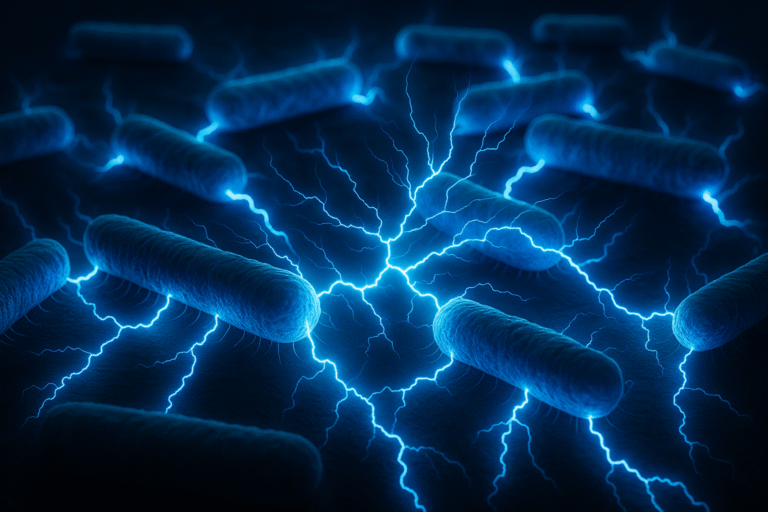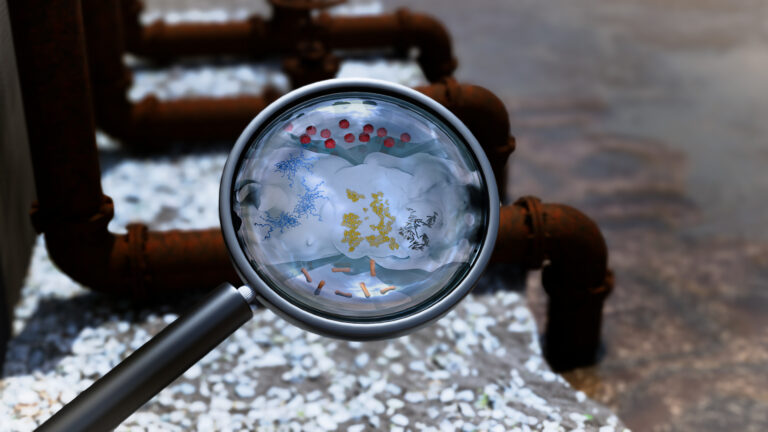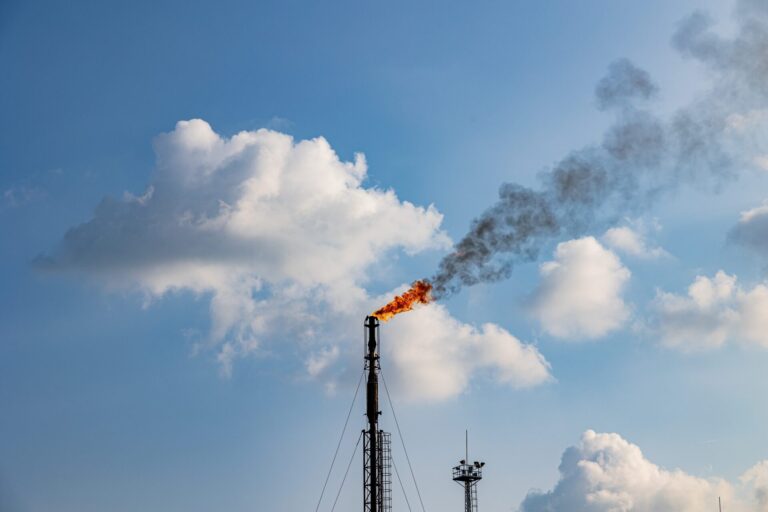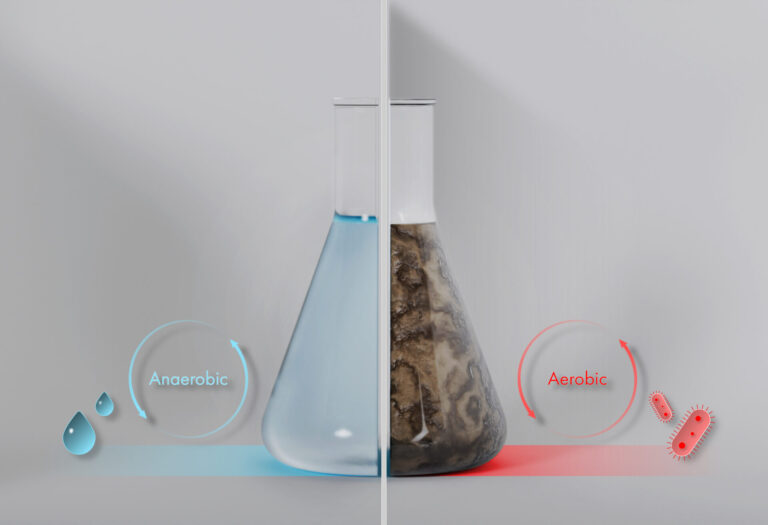Environmental Science and Engineering
KAUST takes on an expert worth his salt
A leader in desalination science, TorOve Leiknes gives water treatment research in Saudi Arabia a major boost.


The computer imaging technology at KAUST allows TorOve Leiknes and his team to monitor the build up of biofilms on membrane meshes in great detail. Here, the areas in bright red indicate where the highest levels of biofilm have accumulated.
© TorOve Leiknes
Saudi Arabia’s hot and arid climate presents many challenges for the safe and efficient management of water resources. With no surface freshwater available, the kingdom relies on groundwater aquifers and desalinated seawater for drinking and other needs, and on some recycling of wastewater for agriculture. Current solutions are expensive and energy intensive, so researchers at KAUST are trying to revolutionize the treatment and re-use of salt water.
The university recently appointed one of the world’s leading experts in water treatment technologies, the Norwegian researcher TorOve Leiknes, as the head of its Water Desalination and Reuse Center. Having worked in the field for more than 20 years, Leiknes has extensive experience in developing low-cost, highly efficient water treatment systems across the world, from Africa to the United States. His speciality is membrane technology which includes adapted filtering systems for seawater desalination and advanced wastewater treatment.
“Membrane technology is a core aspect of advanced water treatment,” says Leiknes. “Using chemical, physical and biological processes, together with membranes, make desalination and wastewater reuse achievable. Our goal is to develop integrated hybrid systems that can produce high-quality water as efficiently and cheaply as possible.”
A major obstacle to efficiency is ‘biofouling’— the accumulation of biofilms and biological substances on the membranes used to filter the water. The build-up constricts water flow through the membrane by increasing hydraulic resistance, and can significantly reduce production.
“No matter how good your membrane is, fouling will always build up — it is a natural biological process which has been going on for millions of years,” says Leiknes. “There are two current schools of thought on tackling this. One aims to eradicate biofilms completely, which is an almost impossible challenge. The other school, which I am more inclined to follow, is to work with the biology and learn to manipulate it: to create systems which work efficiently in spite of the build-up of biofilms.”

TorOve Leiknes (right) and his PhD student Luca Fortunato (left) in their laboratory at KAUST.
© KAUST
Conventional techniques to investigate biofouling involve taking samples by physically breaking up membrane modules and analyzing biofilm build-up. However, this can disrupt the natural processes behind biofouling, such as water flow through the biofilm. Leiknes and his team therefore hope to develop in-situ, non-invasive monitoring of biofouling and biofilm formation, to retain this essential data.
“The properties and characteristics of the biofilm evolve continuously; it is a very dynamic process,” explains Leiknes. “The kind of biological processes at work, and the changes taking place at any given moment, are key to learning how we can work with it and ultimately manipulate it in our favour.”
The team are currently developing a low energy, gravity-driven biofilm-based membrane reactor for wastewater treatment. Under this process, a particular type of biofilm, adapted by the researchers so that it has low hydraulic resistance, is allowed to accumulate on the membrane. The adapted biofilm does not interfere with the water filtration as much as natural biofilms can, and so the system can maintain a constant level of clean water production, albeit at a lower rate of flow than conventional methods. This reduces the need to ‘fight’ biofouling, and therefore the need for constant maintenance. The new system could be used in any facility where water is re-used.
In collaboration with KAUST’s Visual Computing Center, the team are also working on ways of capturing images of biofouling processes in situ and have designed and built a new working bioreactor module for this task. “A camera mounted on a mechanical arm controls exactly where detailed images are taken around the membrane module,” explains Leiknes. “Using coherent optical tomography we can collect a huge amount of data to create 3D images of the biofilm — a similar imaging technique used to analyse brain scans. Combined with time series monitoring, we have a 4D system to analyze the dynamic evolution of biofilm development.”
Leiknes has big plans on a microscopic scale. He aims to examine the microscopic stages of biofilm growth, a process which is incredibly difficult to see and predict. “Ultimately, we would like to be able to build biofilm sensors which would allow engineers to detect and monitor initial biofouling of membranes and take steps to alleviate it.”
References
- | article
You might also like

Environmental Science and Engineering
Bacteria reveal hidden powers of electricity transfer

Environmental Science and Engineering
Wastewater surveillance tracks spread of antibiotic resistance

Bioscience
Super fungi survive extreme Mars-like environments

Environmental Science and Engineering
Rethinking food systems to restore degraded lands

Environmental Science and Engineering
Combat climate change by eliminating easy targets

Environmental Science and Engineering
Wastewater treatment to fight the spread of antibiotic resistance

Bioscience
Digging into the world of plant-growth-promoting microbes

Bioscience



